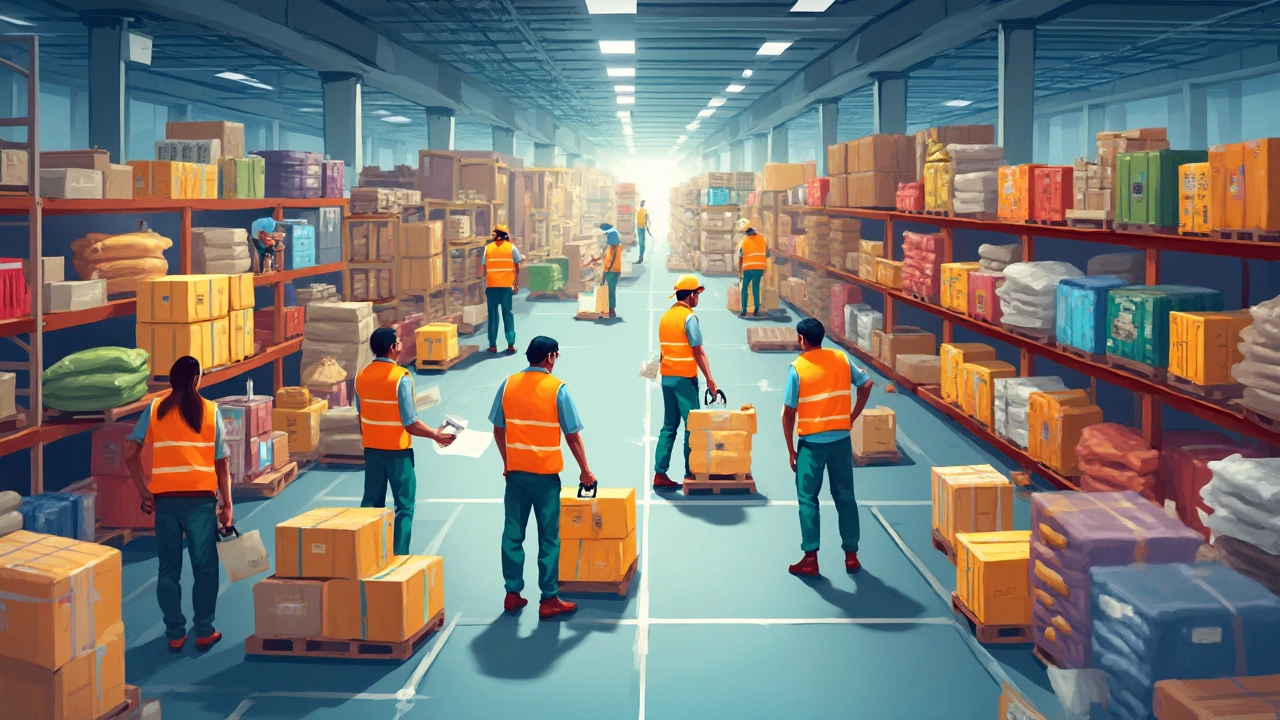Logistics Technology – The Modern Tools Driving Faster, Safer Shipping
Ever wondered why your parcel seems to move faster these days? It’s not magic – it’s logistics technology. From real‑time tracking to automated warehouses, digital tools are cutting delays and lowering costs. If you run a business or just want your bike delivered on time, knowing the basics can save you headaches and money.
Why Digital Tools Matter in Logistics
First off, data is the new fuel. A simple GPS sensor tells you exactly where a truck is, so you can alert customers instantly. No more vague “on the way” emails. Second, automation removes human error. Robots can pick and pack items with pinpoint accuracy, which means fewer misplaced orders and quicker dispatch. Finally, cloud‑based platforms let every player – shippers, carriers, and customers – see the same information at the same time. That transparency builds trust and cuts the back‑and‑forth that used to slow everything down.
Top Tech Trends Shaping the Supply Chain
1. e‑Logistics platforms: These web‑apps combine order management, routing, and payment in one place. Think of them as the control center for any shipment.
2. Warehouse Management Systems (WMS): Modern WMS use AI to predict demand, slot inventory optimally, and even direct robots to the right shelves. The result? Faster pick times and less wasted space.
3. Internet of Things (IoT) sensors: Temperature, humidity, and shock sensors keep sensitive goods safe during transit. If something goes off‑track, alerts pop up instantly.
4. Blockchain for freight: A shared ledger records every handoff, making fraud and paperwork almost impossible. It’s especially handy for international shipments where customs can get messy.
5. Last‑mile route optimization: AI crunches traffic, weather, and delivery windows to plot the most efficient routes. Drivers get turn‑by‑turn instructions that shave minutes off each stop.
All these tools might sound high‑tech, but many are accessible to small businesses. Plenty of SaaS providers offer pay‑as‑you‑go plans, so you don’t need a huge IT team to get started.
So, how can you put this into practice right now? Start by checking if your current carrier offers real‑time tracking – if they don’t, ask for it. Next, look for a simple WMS or inventory app that integrates with your existing sales channel. Finally, ask your delivery partner about route‑optimization software; many use it behind the scenes, and you can benefit from their data without extra cost.Bottom line: logistics technology isn’t just for the giants. It’s a toolbox that anyone can tap into to make shipments faster, safer, and more transparent. Embrace a few key tools, and you’ll notice smoother operations and happier customers before you know it.
